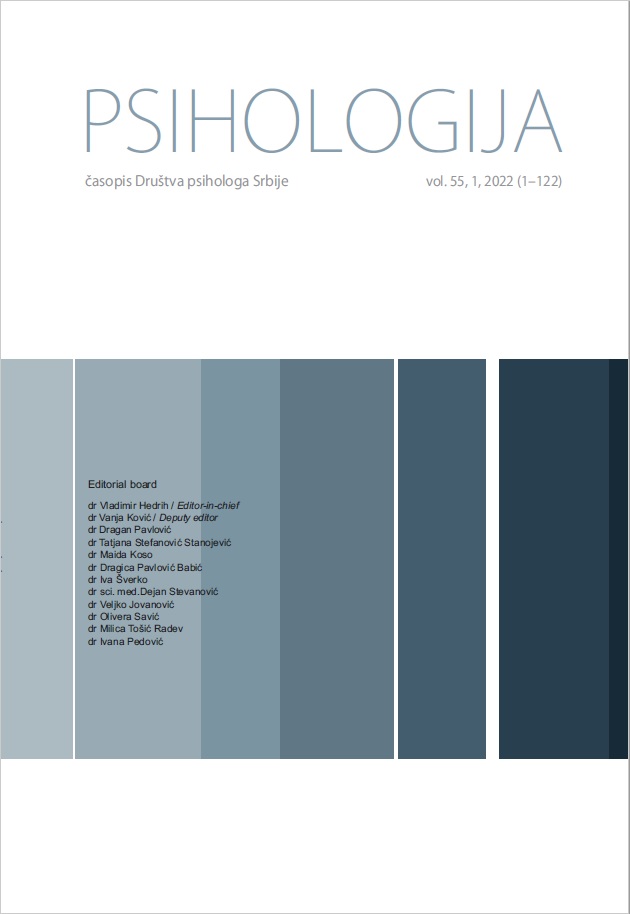Psychometric characteristics of a Serbian translation of the unconditional self-acceptance questionnaire and the development of a short form
Psychometric characteristics of a Serbian translation of the unconditional self-acceptance questionnaire and the development of a short form
Author(s): Stanislava Popov, Jelena SokićSubject(s): Individual Psychology, Personality Psychology
Published by: Društvo psihologa Srbije
Keywords: self-acceptance;conditional;unconditional self-acceptance;questionnaire;validation;
Summary/Abstract: The Unconditional Self-Acceptance Questionnaire is extensively used in the assessment of one’s ability to evaluate their skills, actions, thoughts, and feelings, without a generalized evaluation of one’s worth or value. However, it has often been criticized for being contaminated with self-esteem items and, hence, theoretically incongruent. We evaluated the psychometric properties of the instrument and provided the first validation of the short Serbian adaptation of the USAQ. In Study 1 (n = 288), we examined the latent structure of the original USAQ translated to the Serbian language and found a three-factor solution, consisting of Conditional Self-Acceptance, Unconditional Self-Acceptance, and Attitudes About Human Worth. In Study 2 (n = 354), we sought to validate the shorter version of the scale. The twofactor solution, comprising Unconditional and Conditional Self-Acceptance, explained 51 % of the variance. Re-testing the two-factor structure on a different sample, the CFA revealed satisfactory fit indices. Apart from good internal consistency, the shortened scale showed comparable associations with appropriate convergent and discriminant constructs (e.g., explicit self-esteem, positive and negative state/trait affectivity, and the states of anxiety and depression), supporting the construct validity of the Serbian version. Further implications for research and therapeutic practice are discussed.
Journal: Psihologija
- Issue Year: 55/2022
- Issue No: 1
- Page Range: 107-122
- Page Count: 16
- Language: English

